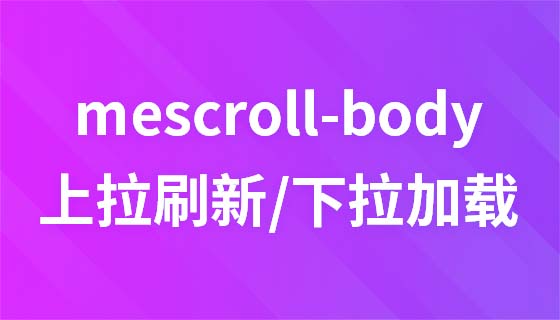java 中单例模式的实现方法
简介
单例模式是一种设计模式,旨在确保一个类在整个应用程序中仅存在一个实例。这种模式在控制共享资源的访问、保持状态和提供全局访问点等方面非常有用。
实现方法
1. 饿汉式单例
立即学习“Java免费学习笔记(深入)”;
<code>public class Singleton {
private static Singleton instance = new Singleton();
private Singleton() {}
public static Singleton getInstance() {
return instance;
}
}</code>2. 懒汉式单例
<code>public class Singleton {
private static Singleton instance;
private Singleton() {}
public static synchronized Singleton getInstance() {
if (instance == null) {
instance = new Singleton();
}
return instance;
}
}</code>3. 双重检查锁定
<code>public class Singleton {
private static volatile Singleton instance;
private Singleton() {}
public static Singleton getInstance() {
if (instance == null) {
synchronized (Singleton.class) {
if (instance == null) {
instance = new Singleton();
}
}
}
return instance;
}
}</code>4. 枚举单例
<code>public enum Singleton {
INSTANCE;
public void doSomething() {
// ...
}
}</code>5. 静态内部类
<code>public class Singleton {
private Singleton() {}
private static class SingletonHolder {
private static final Singleton INSTANCE = new Singleton();
}
public static Singleton getInstance() {
return SingletonHolder.INSTANCE;
}
}</code>选择指南
选择单例模式的实现方法应根据具体的应用需求:
以上是关于在 Java 中如何实现单例模式以及几种常见实现方法的详细介绍。要了解更多内容,请关注编程学习网的其他相关文章!
以上就是在Java中,如何实现单例模式?有哪些实现方式?(请列举并解释Java中实现单例模式的几种常见方法。)的详细内容,更多请关注php中文网其它相关文章!

每个人都需要一台速度更快、更稳定的 PC。随着时间的推移,垃圾文件、旧注册表数据和不必要的后台进程会占用资源并降低性能。幸运的是,许多工具可以让 Windows 保持平稳运行。




Copyright 2014-2025 https://www.php.cn/ All Rights Reserved | php.cn | 湘ICP备2023035733号